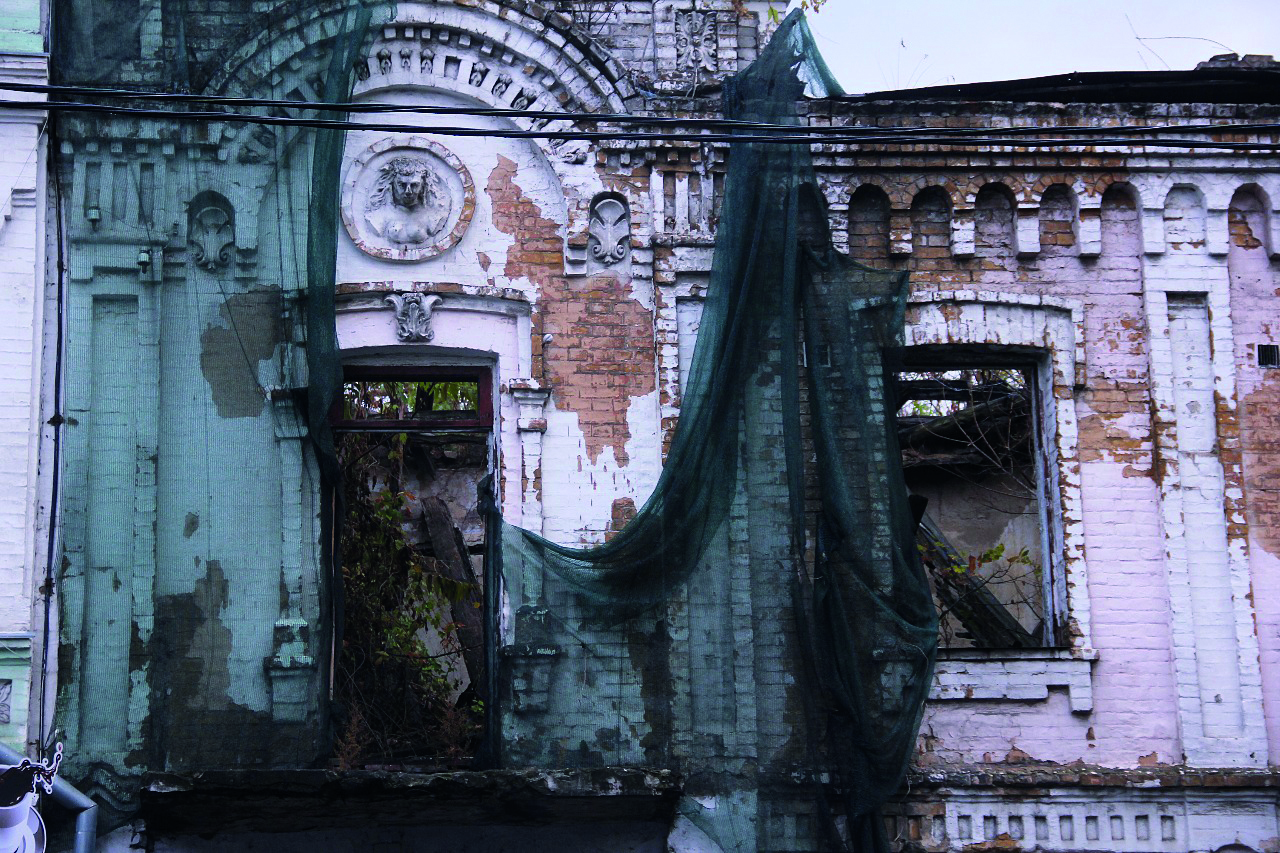Crime and Punishment in Ukraine: A Brief History

The history of law and order in Ukraine is one of constant change and upheaval. Considering the country’s dramatic (and often painful) journey to independence, perhaps this comes as no surprise.
A coherent and fully-functional justice system is one of the foundations of a stable society: no nation can exist without it. But how does anyone decide what is just and what isn’t, and who gets to decide?
It is natural for laws to evolve over time, but thanks to Ukraine’s unique geographical position and the sheer number of contenders for its lands, the legal system in this part of the world has seen more than its fair share of changes. When it comes to crime and punishment, Ukraine (and notably Kyiv) has a rich and chequered history.
Today What’s On singles out just a few of the laws, punishments, and crimes that have shaped Ukraine over the past few centuries.
Foundations: Ruska Pravda
The book Ruska Pravda was the main source of the Kyivan Rus legal code (also known as ‘Old Russian Law’). Based on the Pravda of Yaroslav the Wise, grand prince of Kyiv, Ruska Pravda lists a multitude of offences or obydy. An obyda could be a crime against the authorities (such as a coup or betrayal), the church (such as sacrilege, or perhaps violation of a tomb), or the family (polygamy, for example). The book also includes crimes against other individuals: for example, causing damage to property, bodily injury, or murder.
The most severe punishment was confiscation of property, followed by different forms of corporal punishment. For killing a person, one would be obliged to pay a vyra – Kyivan Rus’ answer to a fine. A vyra could be as much as 40 hryvnia – an enormous sum for the time, equal to 20 cows or 200 sheep. However, the vyra did not apply to kholops – serfs who depended on their masters, and could be sold like slaves. If a kholop committed murder, it was their master who was held responsible.
However, not even a strong and consistent legal code could assure the stability of the Grand Prince of Kyiv. The immense privilege of this position inevitably led to endless opposition from other wannabe grand princes. Against this backdrop, coups and murders were par for the course.
Clash of Statutes, Loss of Freedom
When Kyiv became part of the Grand Duchy of Lithuania, it was obliged to abide by Lithuanian laws. Unsurprisingly, it was the common people who suffered: their rights were limited, while the privileges of the nobility increased.
Each individual had a ‘price’ according to their social station: for instance, a nobleman’s hunting dog was twice as valuable as a kholop (accordingly, killing a dog was a much more serious crime than killing a kholop). A noble would have to pay a huge price for killing another noble, but if you were a kholop, the odds were stacked against you: you could be put to death for causing even the slightest harm to any member of the nobility, let alone for killing them.
The statutes made a distinction between intentional and unintentional homicide: if the act was judged to be intentional, the perpetrator would pay with their life and their belongings. If it was deemed unintentional, the perpetrator would be set free on condition that they paid a ransom to the family of the deceased.
There was a zero-tolerance policy regarding thievery: the punishment for stealing was execution by hanging. Though it shocks modern sensibilities, this was a fairly standard practice at the time. Back then, society was more profoundly shaken by the implementation of serfdom, as well as the Magdeburg rights, which took autonomy away from local people.
When the laws are unfair, the line between right or wrong gets blurred, and it becomes harder to tell what constitutes a crime. Disobeying the pan – the overlord who overworks you to within an inch of your life – was technically against the law. Then again, any law that limits personal freedom is in itself is a crime against humanity. How could one judge people for wanting basic human rights and freedoms? Indeed, this was one of the driving forces behind the Cossacks and their self-governing communities. They were not criminals or outlaws, but simply people who wanted change. Indeed, their name stems from the Tatar word qazaq, meaning ‘free man’, and many Cossacks were escaped serfs.
Crimes against Ukraine
What about crimes against the Ukrainian people and culture? Unfortunately, the list is long. In the Russian Empire, the Valuev Circular (1863) and the Ems Ukaz (1876) forbade any mention or usage of the Ukrainian language. In the 1920s and 1930s, under Stalin, the Ukrainian intelligentsia were repressed or executed (hence the generation of writers and artists known as the Executed Renaissance). As for damage to property, there are not enough fingers on all four limbs to count the number of times that Kyiv was burnt, or its historic buildings destroyed.
With this in mind, it becomes clear just how hard it was for Ukraine to make its way to independence. The struggle continues to this day, with the temporarily occupied territories in Crimea and the regions of Donetsk and Luhansk.
When it comes to protecting the rights of individuals and the sovereignty of nations, national and international laws do not always suffice: we also have a part to play, to make sure that the laws are upheld – or, if the laws are unjust, to overturn them. As individuals, we ought to value and defend the lives of others. As a nation, we have to stand up for our rights and prevent the worst from happening. Only then will we achieve true justice and maintain peace.











